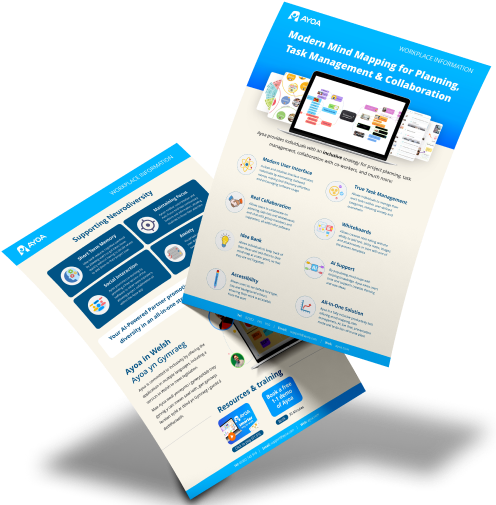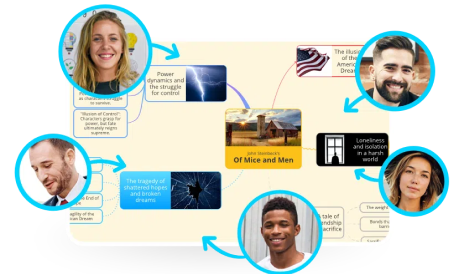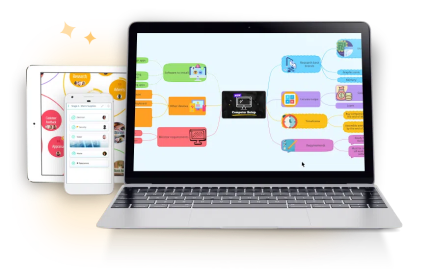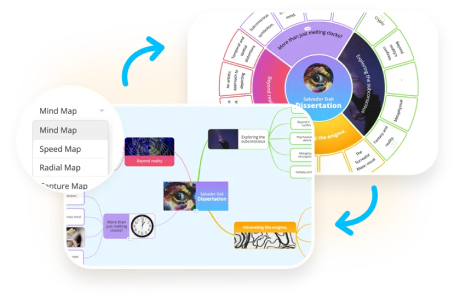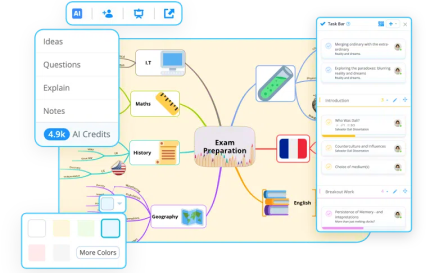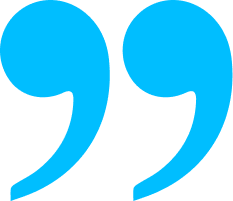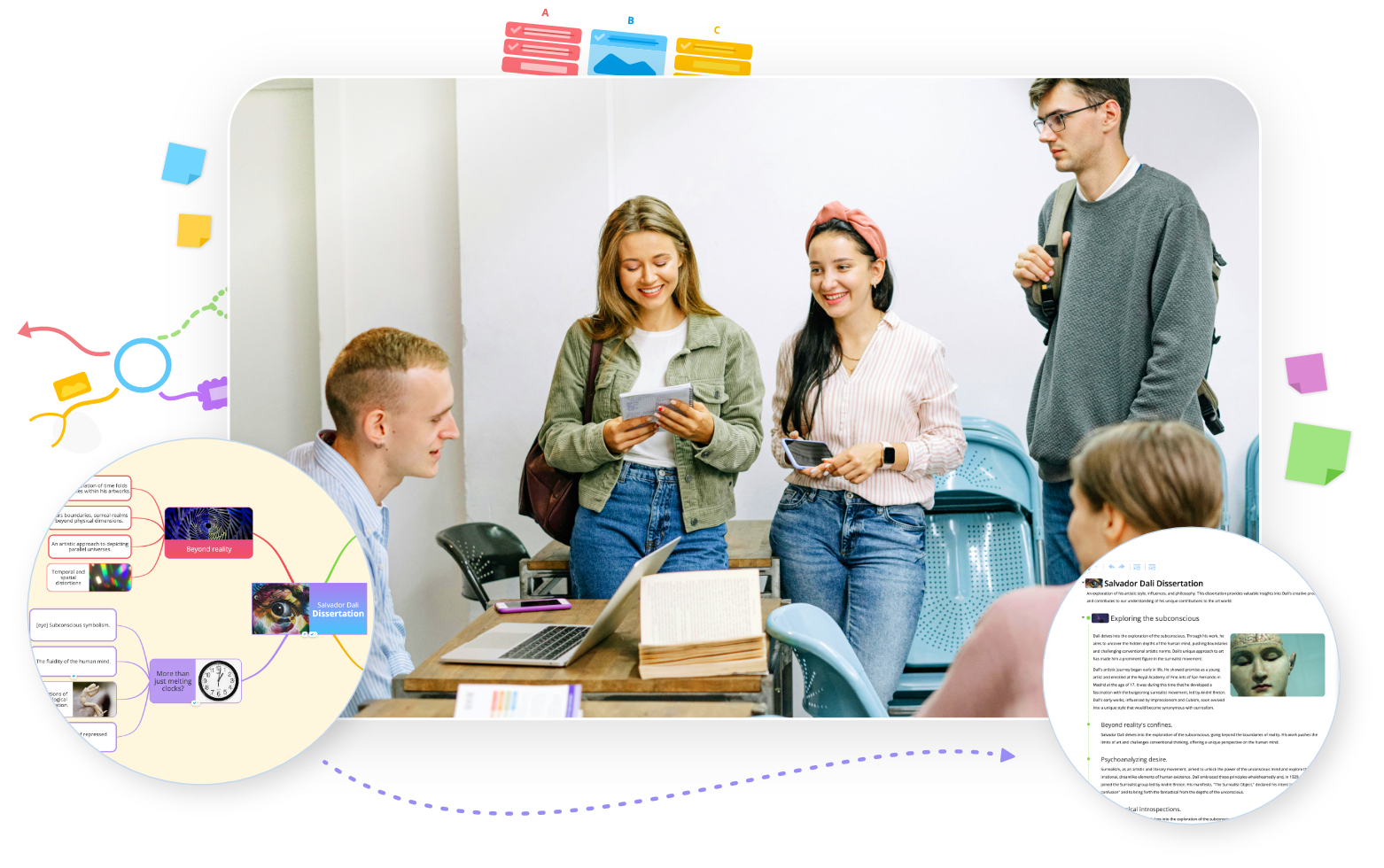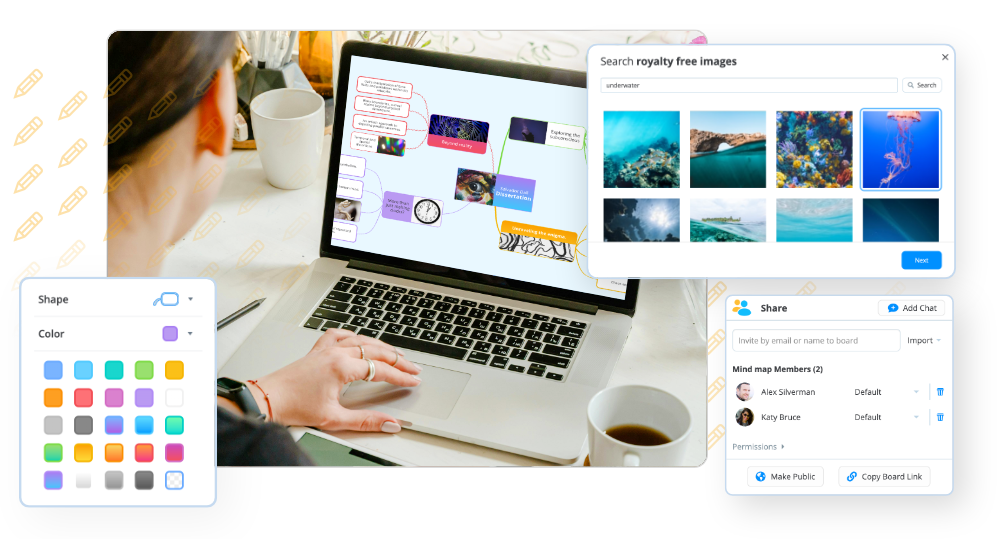Best practice in education is always collaborative. AYOA allows me to easily share ideas and resources with my colleagues. Being able to discuss specific tasks within AYOA has allowed us to step away from long-winded emails and stay focused on what needs to get done. The strength of teamwork that I feel working face-to-face with my team is now mirrored in our online interactions in AYOA.
AYOA can help students better organise their study schedules and assignments. They can create separate task boards for each subject, set reminders for due dates, and break down larger tasks into smaller, manageable parts.
